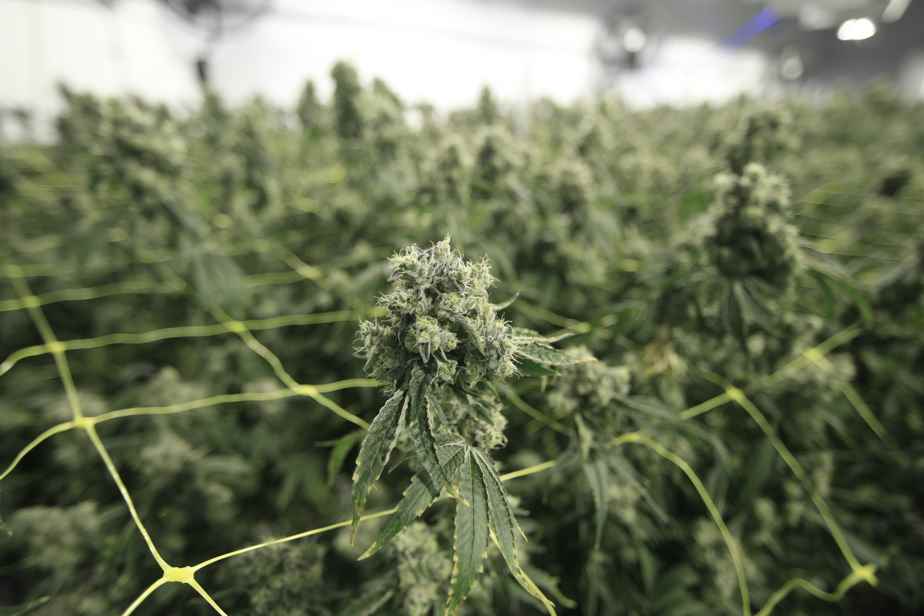An article by Daniel Renaud published on September 26 in The Press1 taught us that the federal medicinal cannabis production program is frequently the object of hijacking by organized crime.
Posted yesterday at 5:00 p.m.
While the federal government is currently reviewing the law, it is time to clean up: as with any other drug, the production of cannabis for medical purposes must be done only by licensed producers, and distribution must go through pharmacists. It is a matter of public protection.
The use of cannabis for medical purposes has been regulated in Canada for almost 20 years now. A patient can be prescribed this type of product, especially when the other options have not demonstrated their effectiveness, for example in cases of chronic pain or certain forms of epilepsy. This is usually an option of last resort.
Under the current system, once the cannabis prescription is obtained, the patient is literally left to himself and must find a way to obtain his product.
To put it simply, he can go to a producer authorized by Health Canada, a private supplier or apply for a certificate of registration with Health Canada to grow cannabis plants at home.
The role of the pharmacist
The quality of the product therefore rests in the hands of suppliers and their intermediaries, some of whom sometimes have nebulous relationships. Next, no regular follow-up is carried out by the pharmacist to ensure that the treatment is safe and that it meets the therapeutic objectives, since pharmacists cannot dispense medicinal cannabis. In particular when faced with a patient taking other medications, the intervention of the pharmacist is nevertheless essential.
The non-medical consumption of cannabis is a matter of individual choice, in the same way as alcohol or tobacco, and products for this purpose are available in the stores of the Société québécoise du cannabis. (SQDC). But when it comes to the use of cannabis as a treatment for a medical problem, the pharmacist must be involved in the distribution circuit in order to ensure the safety of the patient and his follow-up, a recommendation also formulated in a recent Health Canada report on the review of cannabidiol (otherwise known as CBD).
One thing is certain, the production and distribution of medicinal cannabis in its current forms cannot stand, for the safety of the patient, who has the right to safe and effective treatment. Production must be better supervised and the future of distribution takes place in pharmacies. Let’s not leave open to organized crime and use our professionals to better care for the population as we already do for traditional medicines. It makes sense.

